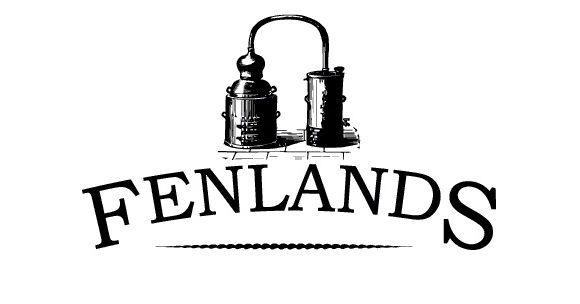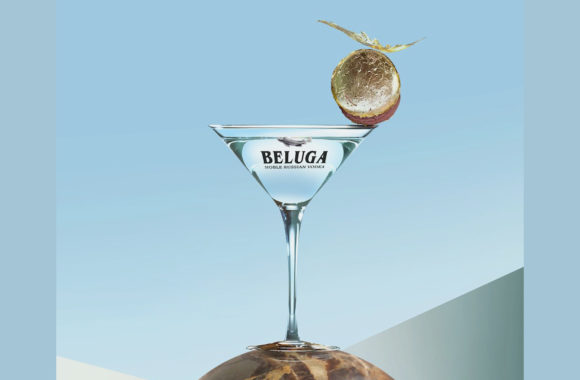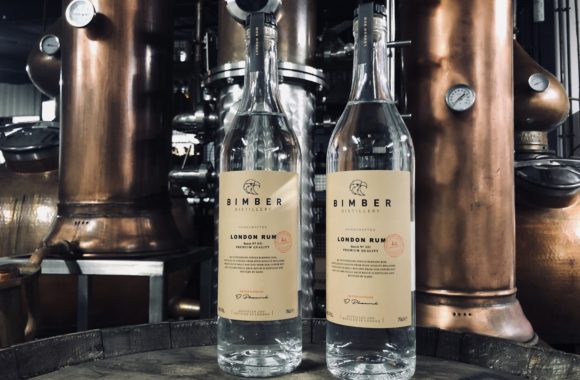
The Thing With Gin: Unpacking the Gin Boom
· James Phillips James Phillips on
Gin is suddenly everywhere: we now have gin shops, gin bars, and even gin hotels. Britian has gone gin mad, leading to a huge boom in production and consumption of this historic white spirit. The number of distilleries in the UK has more than doubled in the past five years, with the majority of those newly established properties dedicated to the production of gin. Add in the countless more brands based on liquid purchased in bulk from larger distilleries, and we are left with a huge cultural phenomenon. According to the Wine and Spirits Trade Association (WSTA), there were 1.32bn gin and tonics served up last year, producing £1.2bn worth of sales, which is almost double the figures from 2011. It is such an extreme upturn that the Office for National Statistics now uses gin as a product to measure inflation.
But what has caused this cultural shift? Not long ago gin was just Gordons – a cheap, refreshing drink that would do a job. Of course, not long before that it was a hazardous spirit associated with the poor of London (recall William Hogarth’s oft reproduced Gin Lane.) While no one factor can be pinpointed as the motor for change, we can look to the shift towards organic, local produce that has taken place over the last decade. Consumers are now not only looking for veg boxes and local farmers markets as the source of their groceries, but supermarkets have refined their product selection and marketing to accommodate this trend.
Is the gin boom a product of this? Well, yes and no. There is an obvious correlation between the two phenomenon. Add in the accessibility of information and kit on home distillation, then we have an artisan revolution led by experimentation and passion. We also have an expression of locality tied to foraged botanicals – each gin has a sense of place.
While, in my opinion, we have reached a point of saturation, I don’t think the interest in gin will fall away anytime soon. However, there will be a sharp decline in brands that do not distill themselves and who have concocted a story to sell their products. Authenticity will be the measure of the day, with transparency over production and sourcing of ingredients key. From a buying perspective, it is a difficult task to keep up with demand for variety that comes with a shift in patterns of consumption. Consumers want to explore, so are constantly looking for a new gin to try, meaning the range of products available needs to change constantly as well.
It is the change in consumption that is to be celebrated. The demographic of gin consumers has widen significantly, creating a type of connoisseurship that has previously been confined to wine drinkers. Unlike wine, gin does not take education and knowledge of regions, grapes, production and vintages. It lays bear its bone in very clear terms and does not suffer from the weight of history. Unfussy and tasty. Isn’t that what we’re all looking for? In my mind this is the reason it will persists and hopefully broaden out to include other botanical spirits and even spirits in general. I have my fingers crossed for schnapps made from foraged herbs, barks and flowers. But that might be pushing the boat a bit far! So, I believe it is here to stay and we are all better off for it.







